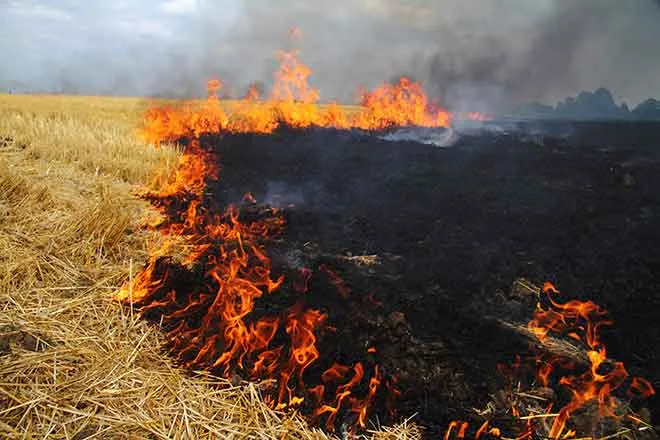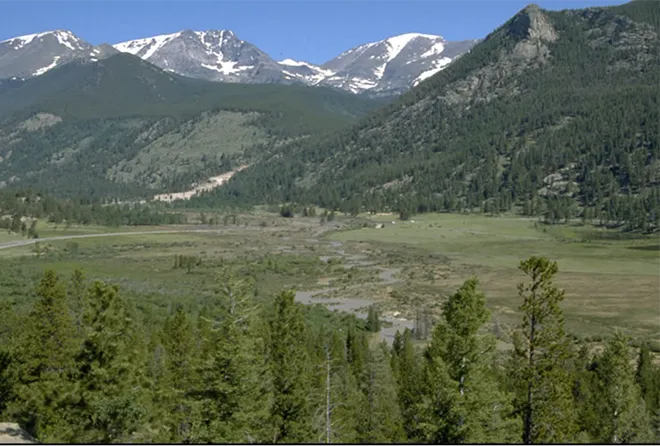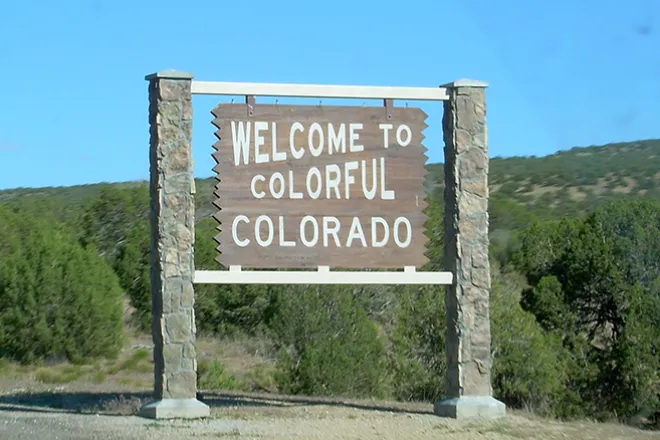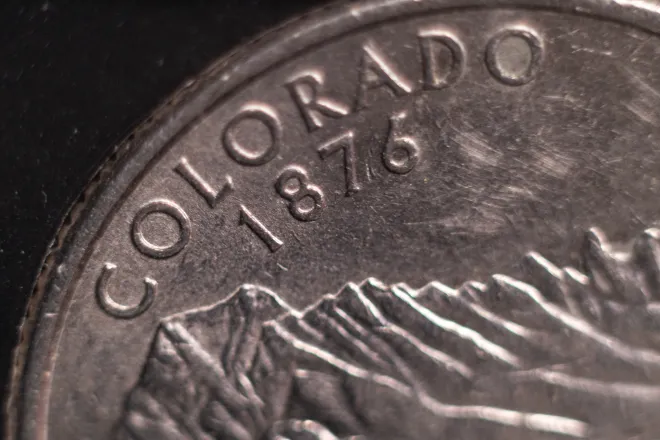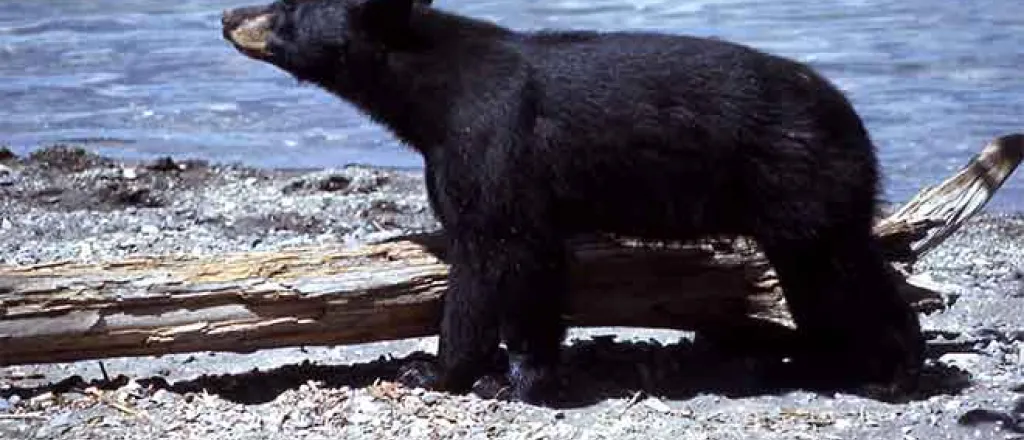
CPW wildlife officers locate bear involved in Monday’s attack in Aspen
Colorado Parks and Wildlife officers were able to capture the bear responsible for the attack in Aspen in the early hours of October 25.
CPW wildlife officers in partnership with Aspen Police Department and Pitkin County Sheriff’s Office resumed the search for the bear just after 10:00 p.m. Tuesday night. Wildlife officers spotted the bear near Conner Park, off E. Hopkins Ave. Wildlife officers watched the bear, looking for identifiable markings, and eventually hazed the bear into a tree at the park around 2:00 a.m. Using a tranquilizer gun, wildlife officers were able to chemically immobilize the bear.
Using information gathered during the investigation and security footage provided by the hotel, wildlife officers were able to positively identify the bear once it was safely removed from the tree using an Aspen Fire ladder truck.
“During our initial investigation we gathered witness statements along with photos and videos from hotel security cameras,” said Matt Yamashita, Area Wildlife Manager. “All played an important part in our investigation. Using the footage provided by the hotel, we were able to confirm the aggressive behavior of the bear and identify unique physical characteristics of the bear that assisted in the proper identification of the offending bear.”
In the video, wildlife officers were able to see a distinctive white patch located on the bear's chest. While it is common to see bears in Aspen, this spot on the bear's chest helped wildlife officers distinguish it from other bears in the area and confirm it was the bear responsible for the attack. Officers did note, while searching for this bear, eight other bears were seen moving around downtown Aspen.
The bear, determined to be a boar, was taken away from the area and humanely euthanized per CPW policy. The bear was sent to the CPW Wildlife Health Lab in Fort Collins where a full necropsy will be performed.
We would like to thank our partners at the Aspen Police Department, Pitkin County Sheriff’s Office, and Aspen Fire for their assistance during this incident.
Colorado Parks and Wildlife would also like to thank the St. Regis Hotel for their cooperation after the attack and during the investigation process. While most human bear conflict is the result of not taking proper precautionary measures, CPW staff noted the lack of food related attractants and cleanliness of the kitchen.
Wildlife managers estimate that Colorado has between 17,000 – 20,000 bears and the population is stable and growing. CPW has clear guidelines on how to handle black bear incidents and predator attacks. Bears in Colorado are euthanized for one of three reasons: dangerous bears, depredating bears, and nuisance bears that receive two strikes. Nuisance bears are bears which pose an immediate threat to or damage property, but do not threaten public safety. Depredating bears are bears which have injured or killed livestock as defined by statute, or pose a threat to agricultural products or resources as defined by statute. Dangerous bears are bears which pose an immediate threat to human safety. CPW takes no action on the vast majority of bears deemed nuisance bears, but must occasionally relocate them.

